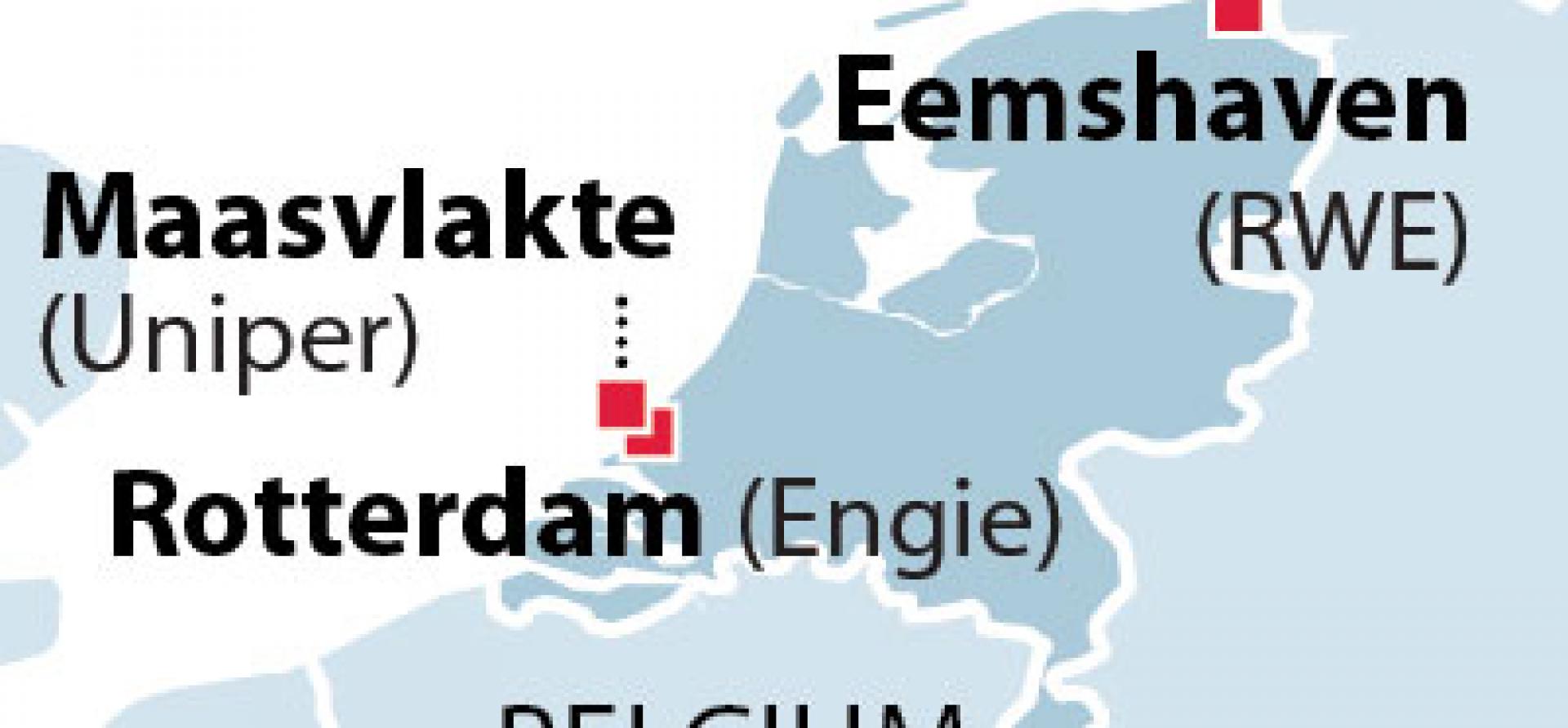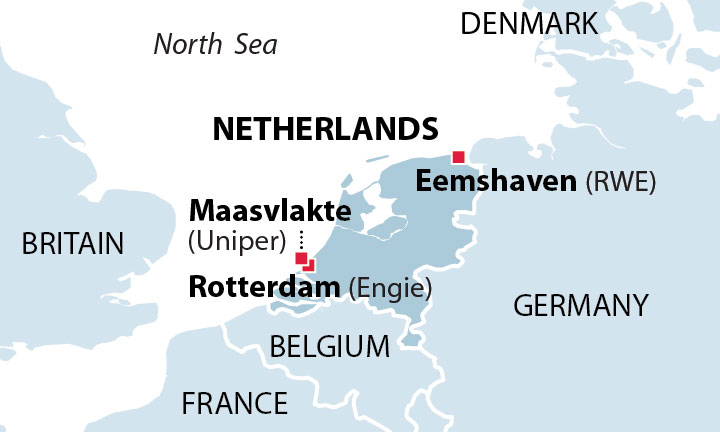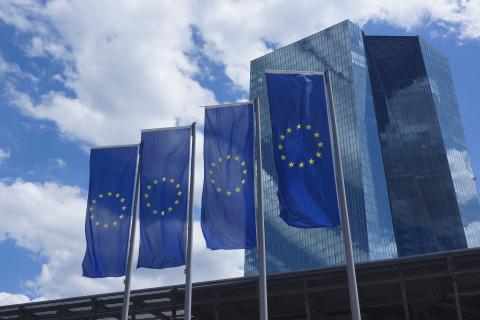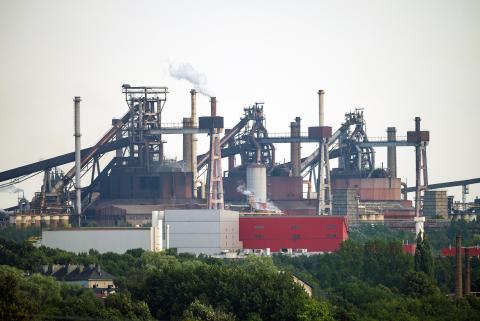IEEFA Europe: The Carbon-Capture Dream Is Dying

The collapse of a Dutch “clean coal” power project has ended near-term prospects for carbon capture and storage (CCS) in European power generation. That leaves proponents of the technology having to turn instead to smaller, industrial applications.
And while CCS may make sense on a more limited scale, big problems remain there too.
The complicated process involves capturing carbon dioxide emissions from the flue gas of fossil fuel power plants or carbon-intensive factories, and then compressing the CO2 and piping it deep underground for long-term storage.
European utilities Uniper and Engie last month announced they were walking away from a Dutch CCS project known as ROAD (Rotterdam Opslag en Afvang Demonstratieproject or Rotterdam Capture and Storage Demonstration Project). ROAD is the last proposal standing for a large-scale coal or gas power CCS project in Europe. Its demise followed cancellation of CCS funding in Britain, ending prospects for a European commercial-scale demonstration power plant.
The bigger outlook for CCS in power generation is bleak, especially after the collapse of the clean coal Kemper County plant in the U.S., although to be sure that had as much to do with the use of Integrated Gasification Combined Cycle (IGCC) technology as CCS.
It will take time for CCS proponents to digest and acknowledge what is either a colossal failure or a gargantuan disappointment—depending on one’s perspective across electric utilities and the community of experts and policymakers that have supported CCS in power generation for more than a decade.
In 2007, EU leaders endorsed a European Commission plan for up to 12 CCS demonstration power plants by 2015. Today there are no such plants, nor plans. CCS has also had big backing from the International Energy Agency and the Intergovernmental Panel on Climate Change, both of which have promoted the technology as the cheapest way to transition quickly to a low-carbon economy, because in theory it allows us to keep using – rather than writing off – existing fossil fuel infrastructure.
The core problem with CCS is that it is so hugely expensive up front. Even the prospect of hundreds of millions of euros of subsidy couldn’t make it work for coal-fired power in the Netherlands. The European Commission had committed €180 million to the ROAD project, and the Dutch government up to €150 million.
Another barrier to Europe CCS is the huge cloud of uncertainty hanging over coal-fired power plants in general, headwinds that include tougher air pollution rules and stringent phase-out targets. In the end, Engie and Uniper were unwilling to throw more money at power plants whose outlook was so unsure.

IEEFA last year documented the management failure by these utilities in their decision to build two new coal plants near Rotterdam in the first place, and by RWE to build a third, further up the Dutch coast (see map). All three were commissioned in 2015.
In our “Dutch Coal Mistake” report, we questioned investments made on mistaken expectations of power demand growth and the failure to understand the impact on power prices of a massive build-out of renewables in neighboring Germany. The result for Engie, Uniper and RWE has been huge write-downs.
The decision by Engie and Uniper to extricate themselves from the ROAD project makes sense, given the uncertainty, but it adds nonetheless to the impression of flawed decision-making by the utilities’ executives, given that their power plants were meant to benefit from the ROAD project.
Granted, ROAD isn’t dead. The Dutch government can still support CCS for industrial facilities in the Port of Rotterdam (e.g. the Shell Pernis oil refinery and an Air Liquide hydrogen plant). Applying CCS might work on such a scale. Some factories and refineries emit more concentrated streams of CO2 than power plants, making carbon capture less costly. And in the near term, oil refining, chemicals production, steel-making and cement industries have few low-carbon alternatives. Industrial CCS in fact may be needed if Europe is serious about embracing a low-carbon economy.
Three similar projects aimed at applying CCS to industrial facilities around the North Sea are emerging, in Norway, England and Scotland. Each would take CO2 from multiple sources and pipe or ship it offshore for sub-sea storage.
But the problems of upfront cost and scale remain. While building CCS into existing factories, refineries and waste facilities sounds modest and organic, it still requires pipeline and storage infrastructure at scale: it would be prohibitively costly to build CO2 compression and pipeline infrastructure for only a handful of factories.
All these new projects are applying for EU pipeline funding, as “projects of common interest,” under a “Connecting Europe” facility. Ultimately, it would require ambitious, cross-border projects involving hub-and-spoke pipelines crisscrossing the North Sea, connecting multiple industrial installations and countries.
Sound familiar? Driving down unit costs may depend on the same scale that would be required by CCS with large fossil-fired power plants, an idea that has become passé and now seems out of step with the times. Supporters of industrial CCS will have to articulate clearly how their projects are different.
Gerard Wynn is an IEEFA energy finance consultant.
RELATED POSTS:
IEEFA Europe: Legal Challenge to Spain’s Capacity Market Payments Is Well Founded
IEEFA Europe: The Cost of Wind-Powered Electricity Is Dropping
IEEFA Europe: More Fallout Around the Dutch Coal Stranded-Asset Mistake










